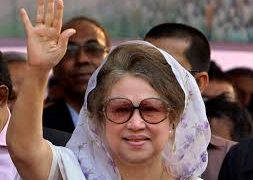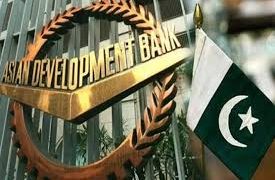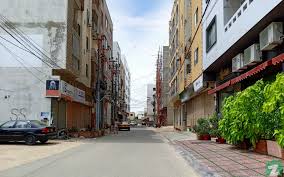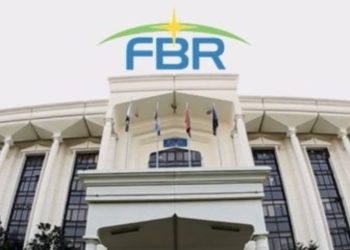Pakistan’s Current Account Deficit (CAD) declined by 68 percent to $3.8 billion during the first eight months of the current fiscal year (FY23) from $12 billion during the same period last year.
February showed a healthy sign as the CAD fell to just $74 million against $519 million last year, the lowest monthly deficit recorded in two years with a decline of 86 percent on a year-on-year (YoY) basis.
The trade deficit for goods and services during the first eight months of FY23 was $19 billion compared to $29.8 billion last year.
The decline in the CAD comes due to a fall in imports while no higher exports or inflows were noted. Though the balance of payment depicted a healthy sign for improvement in the external economic front, the government is unable to meet even this decreasing CAD owing to extremely poor foreign exchange reserves.
February’s deficit was even much lower than January’s $230 million. The decline made a trend for the CAD throughout FY23 and may end up with much lower deficit compared to last year. The CAD stood at 17.4 billion during the last fiscal year (FY22).
Experts believe the CAD could be around $6 billion in FY23. This figure is quite problematic for the country as the International Monetary Fund (IMF) has been demanding the government to arrange the amount needed to meet the deficit by the end of FY23.
Pakistan’s foreign exchange reserves currently stand at $4.8 billion after it got much-needed support of $500 million from China last week.
The reserves, however, are barely enough to cover one month of imports and not enough to make the due repayment of around $7 billion over the next four months (Mar-June FY23).
Experts say that friendly countries are reluctant to extend loans due to political uncertainties as they fear Pakistan may default and their money could get stuck up.
It was revealed by former finance minister Miftah Ismail that Pakistan had met all IMF conditions. In order to meet the Fund’s conditions, the government has increased the interest rate to 20 percent. This high rate has crippled the country’s trade and industry while resulting in higher inflation of 30pc.
In order to contain the fiscal deficit, the government has also cut down the development budget, subsequently slowing down the economic growth and creating joblessness in the country.










































